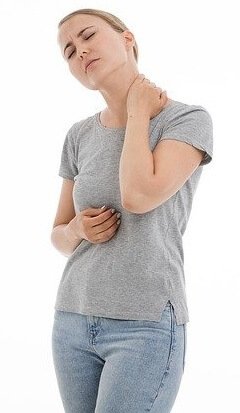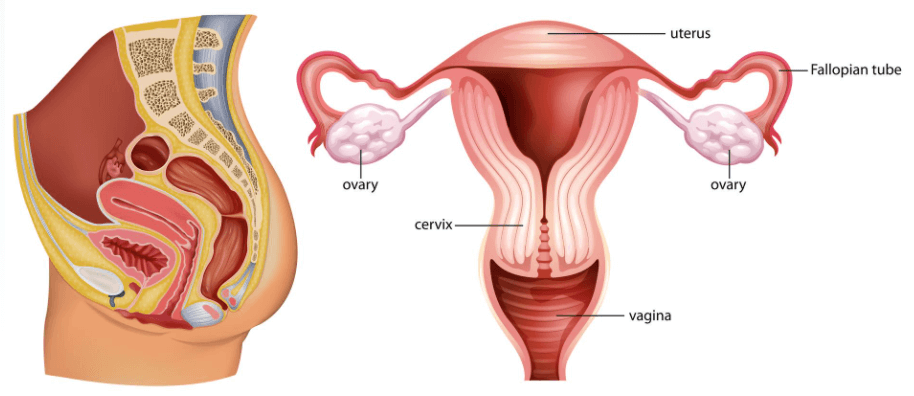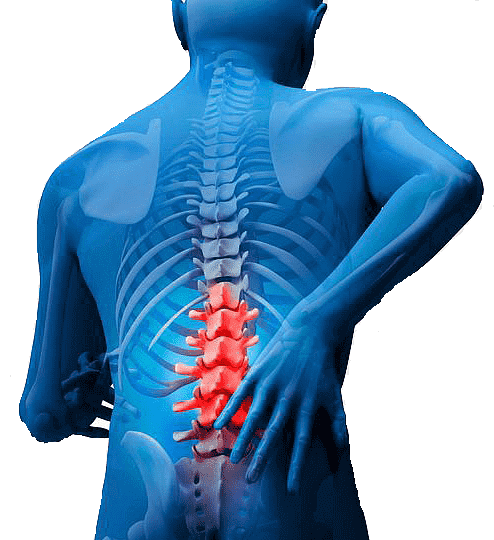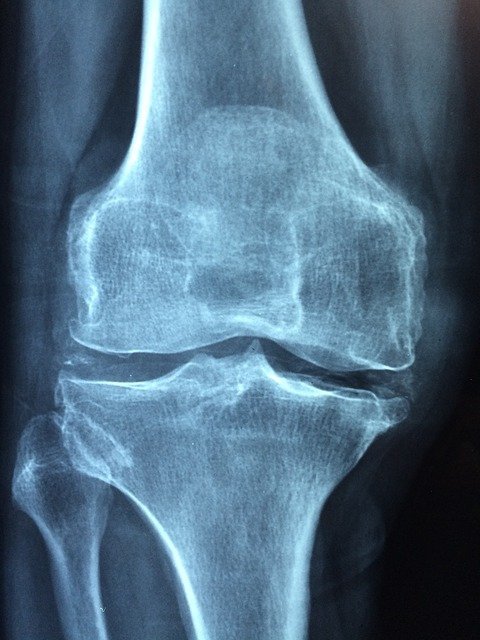- Hjiama / Cupping Treatment Plan
- Body Part or Function Involved
- Symptoms and Effects
- Dietary Changes
- Alternative Remedies
Information on this site shall be considered as holistic, alternative and spiritual advice only. For medical advice and treatment a GP, medical professional and/or Certified Hijama Therapist should be consulted. In all circumstances where lifestyle changes, supplements, or other foods are suggested your GP should be consulted. Client Safety is the number one priority.
Cupping Points Treatment Plan for Abdominal Pain
Allow 2-4 weeks between sessions – longer if required. Hijama Points shown for each session should ONLY be used to guide the therapist. Body size, cup size, and any other conditions need to considered and appropriate care and attention taken. The number of sessions shown can be increased or reduced depending on the condition of the client.
Complete Treatment Plan
Click here for Session 1Click here for Session 2
Click here for Session 3
Use the standard hijama points as an addition or as separate standalone sessions.
Standard Wet Points – 1,55,7,8
Standard Dry Points – 137,138,139,140
Click here for Hijama Points on the back of the body
If the client has a complicated history and numerous concerns then it is a good idea to use our online consultation service – click here.
Which body part or function is involved in Abdominal Pain?
Abdominal cavity, the hollow space of the body divided into two boundaries – the upper and the lower. The upper boundary is called the diaphragm while the lower margin is the upper plane of the pelvic cavity. The upper boundary diaphragm is separated from the chest cavity by a sheet of muscle and connective tissue. Vertically, enclosed by the abdominal, vertebral column, and other muscles.
A major part of the digestive tract is also included in this cavity, the liver and kidneys, the spleen, the pancreas, and the adrenal glands are also located in this cavity just above the kidneys. All of the organs present in the abdominal cavity are protected by pelvis and ribcage bones and covered by a fold of the peritoneum, mainly consists of fats, called the omentum.
Each organ of the abdominal cavity can be easily identified because of differentiation to each organ by a peritoneum membrane. This membrane covers not only the inside wall of the cavity but also each organ and structure it contains. The organs of the abdominal cavity are responsible for major body functions, such as the digestion of food:
- Mechanical digestion to decrease the physical size of food into smaller
- Chemical digestion for the breakdown of the complex molecule of food into absorbable building blocks
- Absorption of nutrients into the bloodstream
- Defecation of unwanted and undigested food particles, to protect the inner organs
In respiration, pressure from the abdominal cavity plays role in inhale and exhale of air. In the movement of torso and supports in body posture as well as many homeostatic functions.
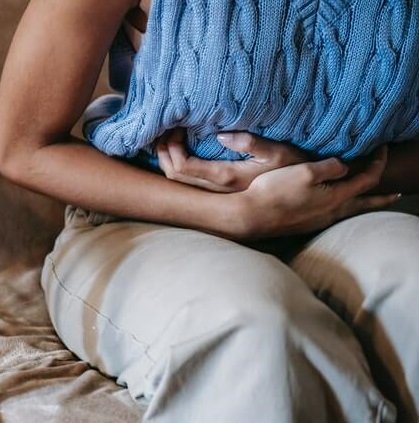
What are the symptoms and effects of Abdominal Pain on the body?
When organs of the abdominal cavity are affected by diseases, causes inflammation and pain. The symptoms of abdominal pain mainly include discomfort between the chest and pelvis region. Abdominal pain is caused due to a variety of factors but some common factors include:
- Gas: This is caused when bacteria in the small intestine break down the foods, due to the enzymatic reaction, pressure will increase in the small intestine cause sharp pain. When gas occurs, tightness in the abdomen is also noticed.
- Acid Reflux: (GERD) Hydrochloric Acid in the stomach helps to digest food but sometimes acid travels backward and moving up into the throat. This reflux resulted in stomach acidity and a burning sensation in the food pipe/tract in the abdomen.
- Vomiting: When stomach acid travels back, vomiting occurs which is also a symptom of abdominal pain. The physical act of vomiting can also cause sore in abdominal muscles while intestinal blockage to alcohol poisoning can also lead to vomiting.
The abdominal cavity includes major organs that can be affected by diseases causing inflammation and pain. The organ gets affected by various diseases and causes abdominal pain.
Liver – When a blood clot occurs inside the portal vein which carries blood from the small intestine to the liver, a person feels sudden pain at the upper right part of the abdomen by the liver.
Stomach – Crohn’s disease and IBS can cause serious stomach pain but most commonly the food poisoning and allergies are the reasons for stomach pain. Food poisoning is caused when a person eats contaminated food (such as salmonella or Escherichia coli, or a virus). When a person receives contaminated food from the oesophagus to the stomach, feels sudden pain on the left side of the upper abdomen.
Gall Bladder -When substances like cholesterol and others are accumulated in bile, they become stones. These stones pass from the gallbladder to the small intestine and are stuck in the biliary duct. These stones are called gallbladder stones while they cause pain in the abdominal cavity by the gallbladder.
Appendix – Middle abdomen pain that may come and go called appendicitis while it travels to your lower hand side, where the appendix is located. In this area, the pain becomes constant and severe while the coughing makes the pain worse.
Intestines – When bacteria from contaminated food enter the intestinal area causes cramps, vomiting, diarrhea.
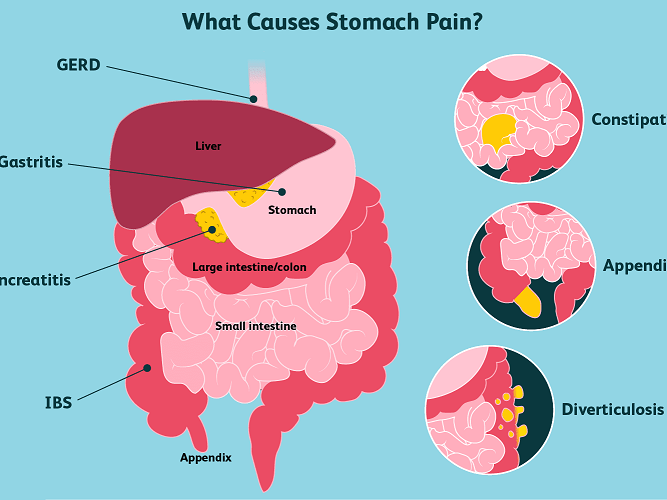
What changes in diet can help improve symptoms of Abdominal Pain?
A variety of food is recommended by healthcare nutritionists to improve abdominal pain and associated symptoms.
Making slight changes in your daily routine can help you to get rid of your abdominal pain and discomfort. Taking light food like yogurt, boiled rice, soup, etc. helps in getting stomach and intestine-related problems. Also, dehydration can lead to difficulty in digestion and absorption of nutrients from food and beverages. Not drinking enough water lead to constipation and difficult bowel movement causing pain and various other problems.
It is recommended that:
- Men should drink 3.7-liters of water/per day
- Women should drink 2.7-liter water/ per day
Changes in lifestyle which can help Abdominal Pain
An increase in physical activity can reduce abdominal pain and discomfort. Make a habit of a regular walk because both walking and cycling have been shown to help improve stomach and gastrointestinal problems major causes of abdominal pain. While physical activities also include yoga, you can also join classes to see how it help you to improve the abdominal problems.
Possible alternative remedies for Abdominal Pain
- Ginger: it’s a natural dietary food to get rid of such diseases which upset stomach
- Chamomile: herbal plant with small white flower and can be dried as well as taken with tea. It has been used to prevent intestinal troubles like gas and indigestion etc.
- Peppermint: IBS is chronic constipation that causes severe stomach pain while if you use peppermint daily for two weeks, you’ll get significant results.

